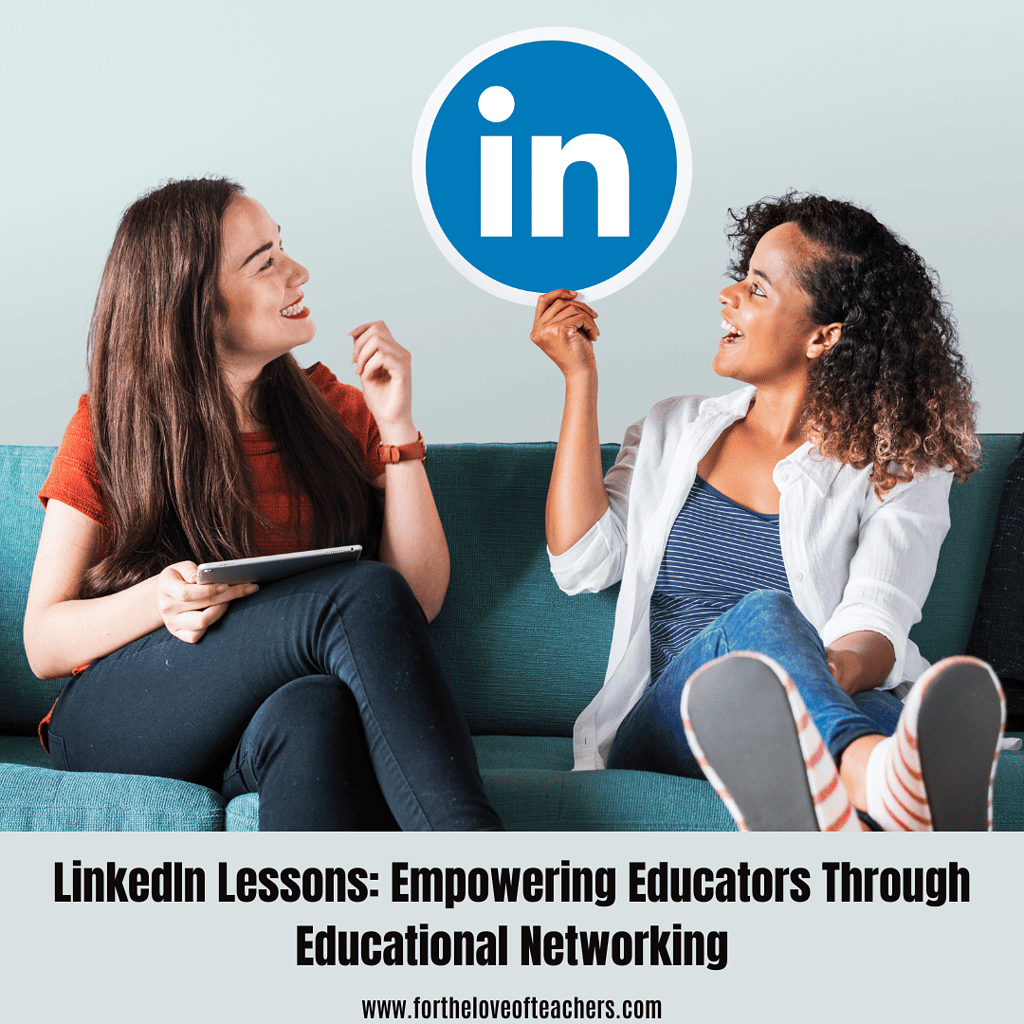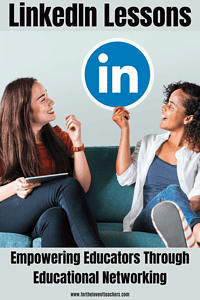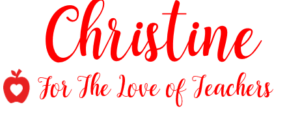In 2023, LinkedIn celebrated its 20th anniversary, marking two decades of connecting professionals worldwide. However, its effect on the educational sector often goes unnoticed. Rather than a mere platform for corporate climbers, it’s a goldmine for educational networking.
In this article, we’ll explore how educators can harness LinkedIn to enhance their professional journey. We will talk about the following:
- Establishing a Strong Educational Presence on LinkedIn
- Utilizing LinkedIn for Educational Enrichment
- Collaborative Opportunities and Knowledge Exchange
- Navigating Challenges in Educational Networking on LinkedIn
Ready to take notes? Let’s go!
Establishing a Strong Educational Presence on LinkedIn
Creating a compelling presence on LinkedIn is crucial for educators. Their profile must reflect their passion for education. Here’s how you can do it:
- Crafting an Educator-Centric Bio. Your bio should narrate your journey and aspirations as an educator. Highlight your teaching philosophy, subjects of interest, and notable accomplishments. Remember, this is your chance to make a first impression that resonates with fellow educators and institutions.
- Professional Profile Picture. A professional photo goes a long way. It should portray you as approachable yet professional. You show colleagues and institutions you would want to connect with.
- Strategic Connections. Connect with fellow educators, thought leaders, and institutions in your field. These connections can provide valuable insights and opportunities. Additionally, elevate your recruitment through LinkedIn, connecting with potential collaborators and educational institutions.
- Joining Educational LinkedIn Groups. Participate in groups related to your field. These groups are great for staying updated with the latest trends, sharing your insights, and networking with peers.
Establishing a strong educational presence on LinkedIn opens doors to countless opportunities. It’s about creating a profile that not only showcases your achievements but also your commitment to education.
Utilizing LinkedIn for Educational Enrichment
LinkedIn is a treasure trove for educators seeking to enrich their professional lives. Let us detail how you can use it to your advantage:
- Accessing and Sharing Educational Content. LinkedIn is a hub for a wide array of educational materials. From articles on the latest teaching trends to innovative educational strategies, the platform offers a wealth of information. As an educator, you can share your insights and materials, contributing to this vibrant community.
- Engaging in Educational Discussions. Take part in discussions about challenges and advancements in education. For instance, topics such as “women quitting teaching” are crucial and warrant deep exploration and dialogue. Your perspective can lend a fresh angle to these discussions, helping to foster a more nuanced understanding of such issues.
- Contributing to Educational Conversations. Share your experiences and insights on various educational topics. Whether about classroom management, e-learning techniques, or curriculum development, your contributions can inspire and educate others in your network.
- Learning from Peers. Follow educators and thought leaders to stay updated with current educational trends and practices. Engaging with their content can provide new ideas and perspectives. You can incorporate these into your own teaching methods.
Actively using LinkedIn for educational enrichment helps you stay updated with the latest in the field. Moreover, it contributes to the broader educational discourse.
Collaborative Opportunities and Knowledge Exchange
LinkedIn is also a platform for educators to collaborate and share knowledge. With its help, educators enhance their teaching methods and professional networks.
- Fostering Collaborations. LinkedIn is ideal for finding educators and experts for joint projects. You could co-author papers, create educational content, or organize webinars together. These collaborations can lead to new teaching methods and enrich student learning.
- Sharing and Receiving Feedback. Share your teaching materials or research on LinkedIn to get feedback from peers. This process helps refine your work and contributes to the community’s knowledge. Similarly, offer constructive feedback on others’ contributions to support a collaborative educational environment.
- Expanding Educational Horizons. Use LinkedIn to find educational events such as conferences and workshops. These are great for networking, learning new skills, and keeping up with educational trends.
- Networking for Partnerships. Connect with institutions, non-profits, and companies that share your educational goals. These connections can open doors to guest lecturing, consultancy, or curriculum development opportunities.
Navigating Challenges in Educational Networking on LinkedIn
While LinkedIn offers numerous opportunities for educators, certain challenges can arise. Below is a table outlining these challenges and tips for addressing them:
| Challenges | Tips for Addressing Them |
| Building the Right Network | Focus on quality over quantity. Connect with relevant educators, groups, and institutions in your field. Personalize connection requests to start meaningful conversations. |
| Managing Online Interactions | Set aside specific times for LinkedIn activities to avoid being overwhelmed. Use features like notifications to stay on top of important interactions. |
| Finding Relevant Content | Use LinkedIn’s search and filter tools to find content that aligns with your interests. Follow thought leaders and join groups in your niche for tailored content. |
| Balancing Online and Offline Networking | Complement your online networking with real-world connections. Attend educational conferences and local events to strengthen your network. |
| Maintaining Professionalism in Digital Interactions | Communicate respectfully and professionally. Share content that reflects your educational values and expertise. |
| Staying Updated with LinkedIn Features | Regularly check LinkedIn updates and explore new features. Participate in webinars or online tutorials to learn how to use these tools effectively. |
Having a firm grasp of these challenges helps educators make the most of their LinkedIn experience. This leads to more impactful networking and professional growth.
Final Words
In today’s digital age, a key question arises: “Do online networks genuinely improve real-world education?” The answer is clear. When educators skillfully use platforms like LinkedIn, they turn online interactions into real educational progress, effectively bridging the gap between virtual networking and tangible classroom impact.
About the Author: Sophia Young recently quit a non-writing job to finally be able to tell stories and paint the world through her words. She loves talking about fashion and weddings and travel, but she can also easily kick ass with a thousand-word article about the latest marketing and business trends, finance-related topics, and can probably even whip up a nice heart-warming article about family life. She can totally go from fashion guru to your friendly neighborhood cat lady with mean budgeting skills and home tips real quick.
Thanks for reading!
If you like it, then pin it!

Christine Weis is a passionate educator, classroom management coach, wife, and mom of two busy boys. She enjoys teaching, writing, and creating resources for teachers.







Leave a Reply